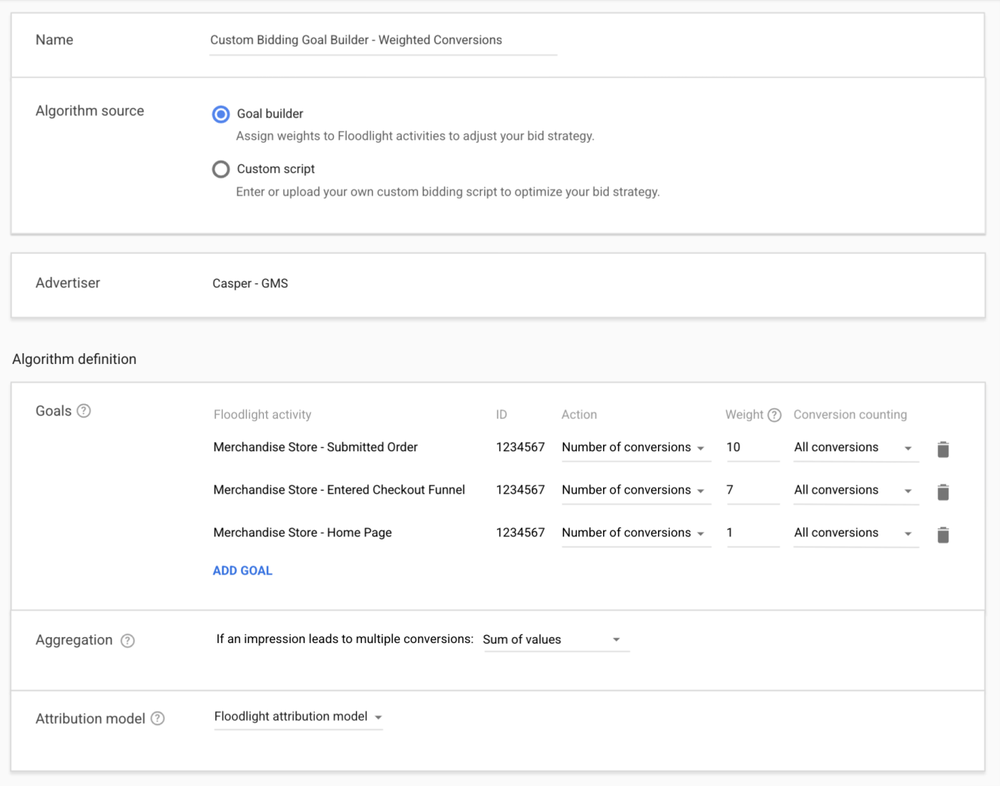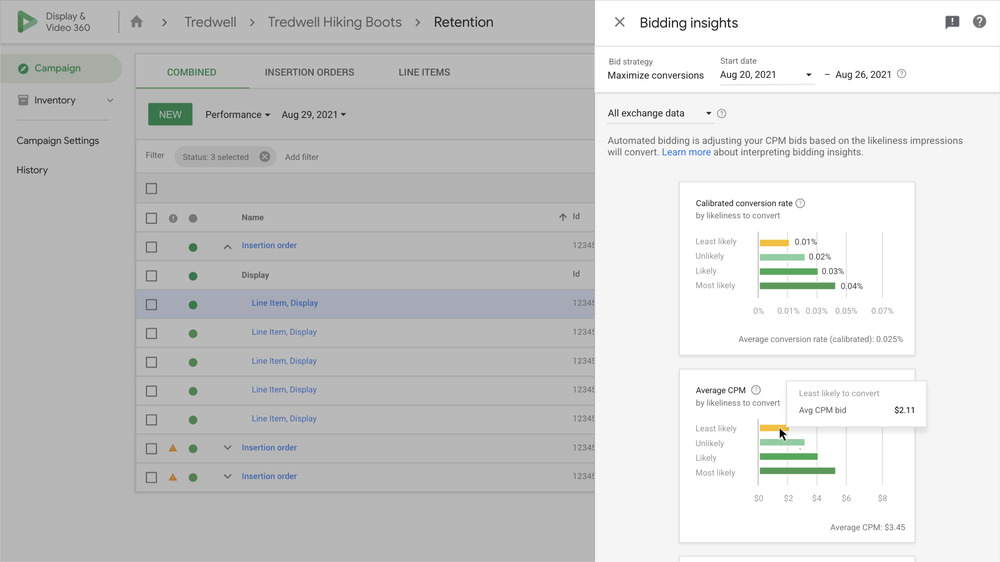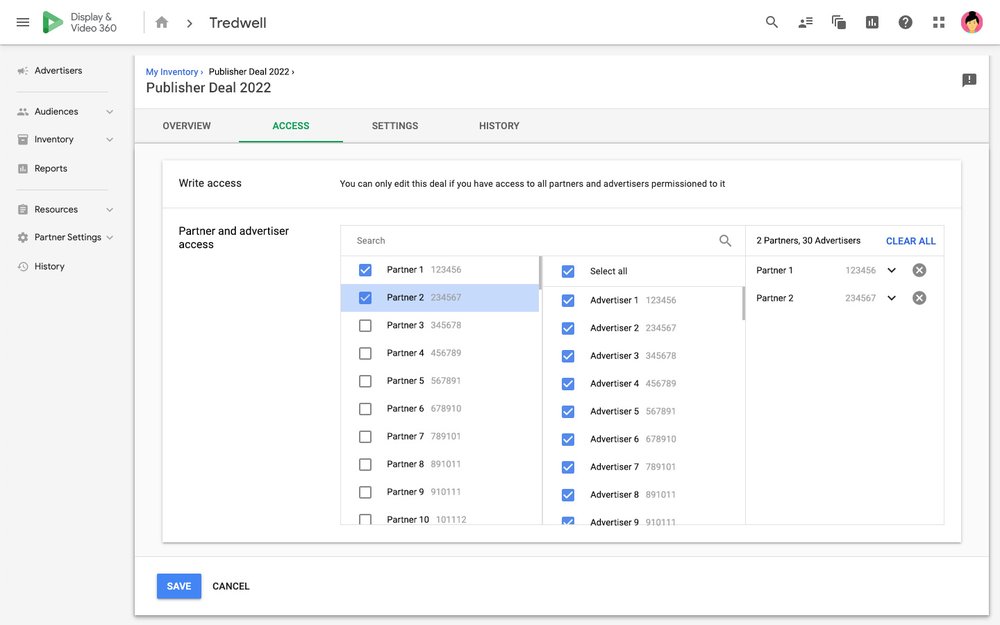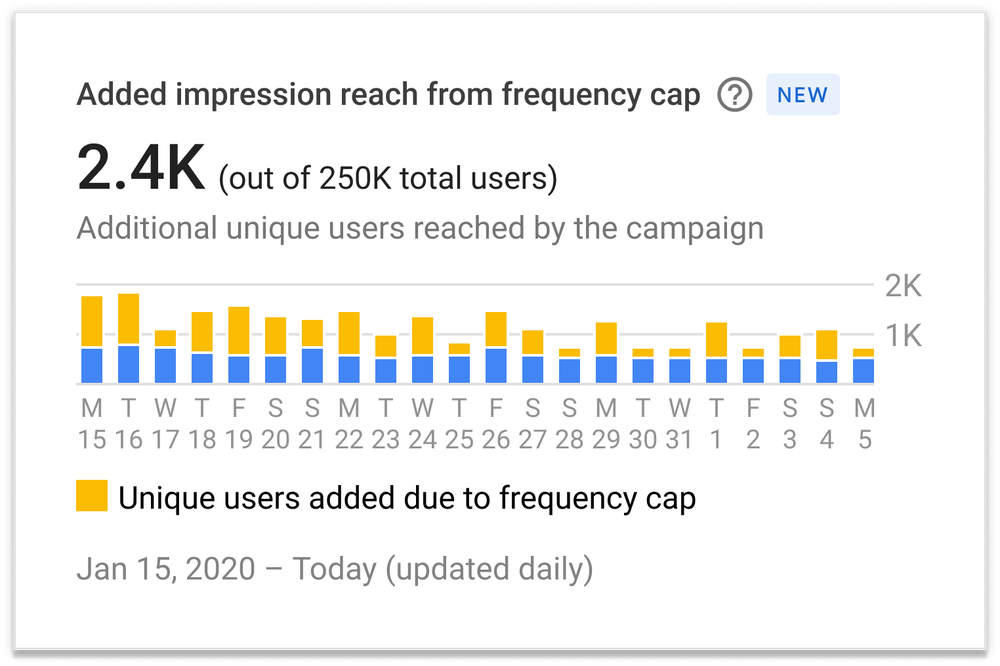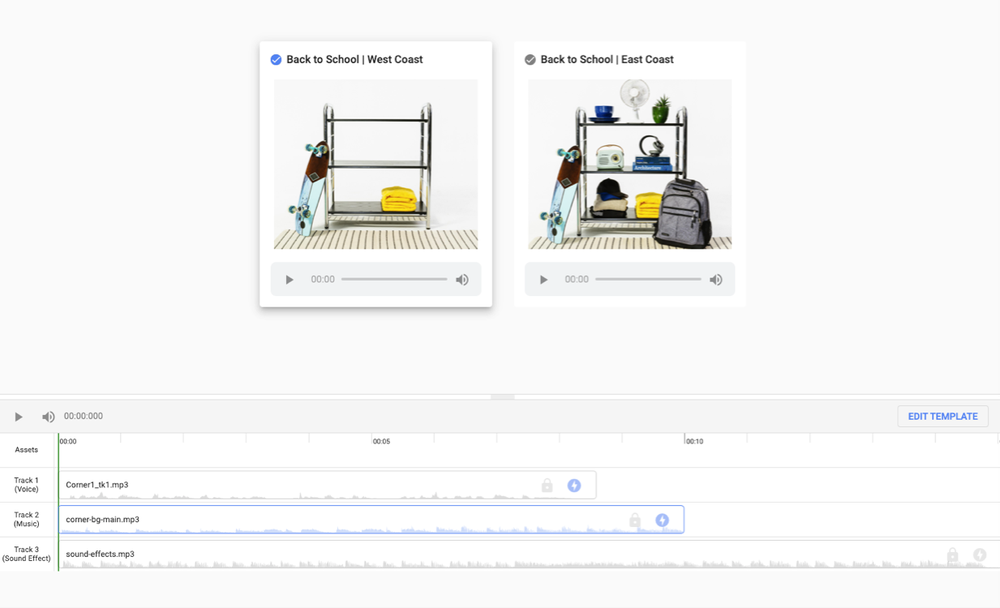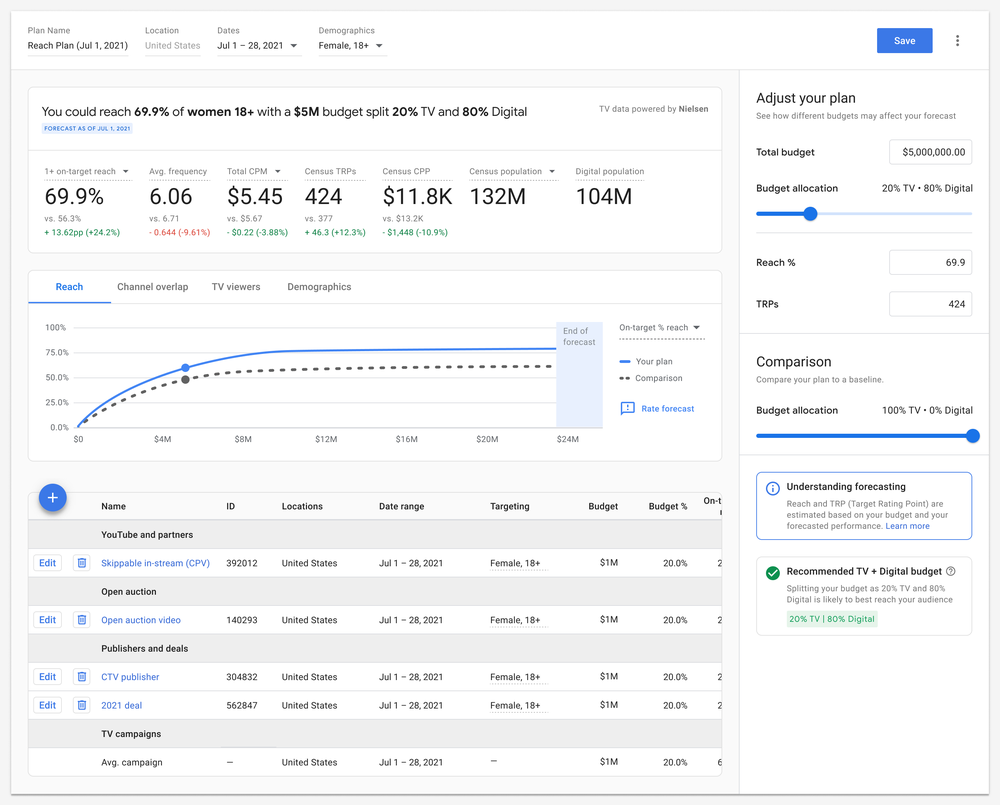A year ago, weintroduced the new Google Analytics to help you meet the challenges of an evolving measurement landscape and get better ROI from your marketing for the long term. Google Analytics 4 properties offer privacy-safe solutions to measure the customer journey, machine learning to predict outcomes and automate the discovery of insights, and easy activation of those insights in Google’s advertising platforms to enhance your marketing performance.
Since then, we’ve introduced features like improved advertising reporting and support for user consent choices that help you achieve your marketing objectives without compromising user privacy.
Now, we're launching additional capabilities, including an improved Search integration and smarter attribution to give you the insights you need to optimize performance across all of your marketing channels. We're also introducing new modeling features that will close gaps in your data and help you future-proof your measurement.
With these additional capabilities, we encourage you to use the new Google Analytics as your primary web and app analytics solution going forward.
Easily access Search insights
Search Console provides detailed information about your website’s organic Search performance, including the site’s rank in Search results, queries that led to clicks, and post-click data like engaged sessions and conversions. With the new Search Console integration, you'll be able to understand the role that organic Search plays in driving traffic to and engagement on your site relative to other marketing channels like Search ads, email, or social.
Get more value with data-driven attribution
Building on the two attribution reports, Conversion paths and Model comparison, we announced earlier this year, we are introducing data-driven attribution – without minimum threshold requirements – to Google Analytics 4 properties.
Google’s data-driven attribution models give you a better understanding of how all of your marketing activities collectively influence your conversions, so you don’t over or undervalue a single channel. Unlike last-click attribution, where 100% of the credit goes to the final interaction, data-driven attribution distributes credit to each marketing touchpoint based on how much impact the touchpoint had on driving a conversion.

Conversions by channel grouping using data-driven attribution
Data-driven attribution improves marketing ROI by helping you make smarter decisions about where and how much to invest, and as a result, drive more conversions for less cost. With its use of machine learning, data-driven attribution is a more durable approach that will deliver results even when it’s difficult to observe conversions. Notino, an ecommerce beauty platform, says data-driven attribution in Google Analytics 4 is essential to its measurement strategy.
We have seen benefits with using a data-driven attribution model compared to last click and have rolled it out as a standard for 23 of our markets. We are now excited to use the next generation of attribution reporting in Google Analytics 4.
Data-driven attribution will be available in attribution reports in the coming weeks. It will be available at the property level soon after, at which time you’ll be able to see attributed revenue and conversions in the Conversions report and in Explorations.
Address measurement gaps with Google’s machine learning
Using Google’s advanced modeling technology, the new Google Analytics allows you to fill gaps in your understanding of customer behavior when cookies and other identifiers aren’t available. It analyzes vast amounts of historical data, identifies correlations and trends between key data points, and uses those insights to make predictions about the customer journey.
We’re bringing a few new modeling capabilities to Google Analytics 4. First, conversion modeling is now used in attribution reports, the Conversions report, and Explorations to identify where conversions have come from and allocate them to the right Google and non-Google channels, such as Search ads, email, or paid social.
Second, behavioral modeling will soon be supported in reporting. Behavioral modeling uses rigorously tested and validated machine learning to fill gaps in behavioral data, like daily active users or average revenue per user. This allows you to conduct uninterrupted measurement across devices and platforms, and answer questions like, “How many new users did I acquire from my last campaign?” or “Which steps in my funnel have the highest user drop-off rates?”
Meet your marketing objectives
Customers are seeing success using the new Google Analytics to help achieve key marketing objectives like generating leads, acquiring new users, and driving online and offline sales. Líder, a grocery retailer owned by Walmart Chile, is driving in-app purchases using predictive metrics and audiences. By marketing to a new “Likely 7-day Purchasers” audience generated by Analytics based on predicted purchase behavior, Líder increased its conversion rate to 5.4% from 0.3% for other audiences, and saw an 85% decrease in overall app campaign CPA.
We’ve seen firsthand the value that the new Analytics has brought to our business and plan on using more new capabilities as they become available in Google Analytics 4 properties.
Global beauty brand, L’Oreal, is also using the new Google Analytics to help adapt its measurement foundation for the future, and simplify how the entire organization generates business insights.
Google Analytics 4 democratizes the use of advanced data and analysis, making insights more accessible. The migration has been an opportunity for us to unify media and analytics with a single infrastructure that simplifies decision making.
Now is the time to build the measurement foundation your business needs for the future. We encourage you to make full use of your Google Analytics 4 property and put it at the center of your measurement in place of Universal Analytics.
